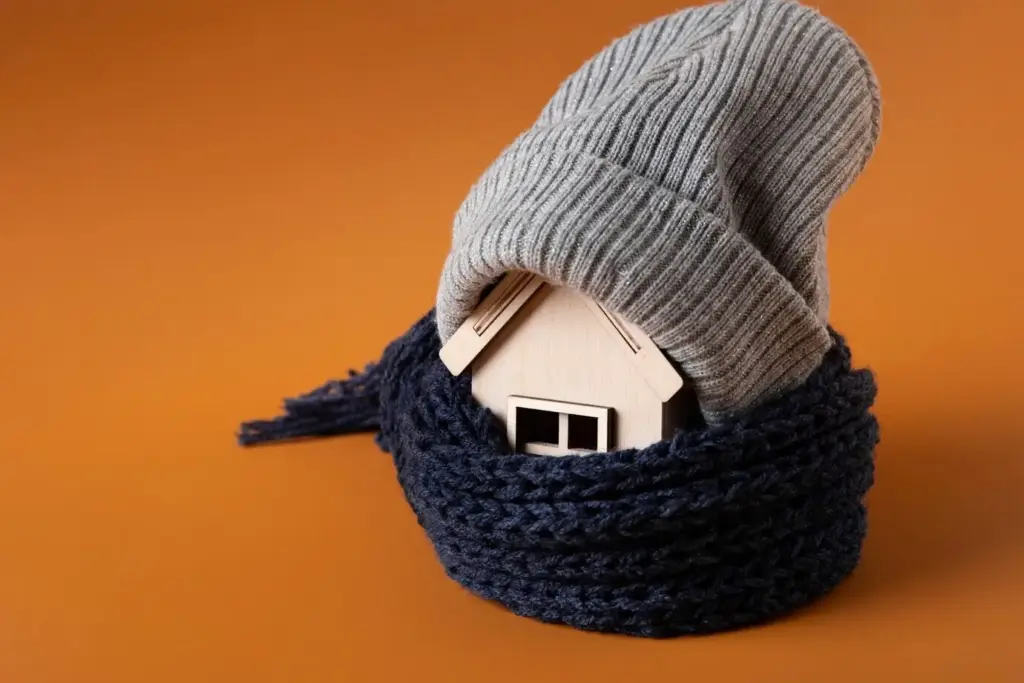Warmer Walls, Cleaner Conscience: Hemp, Sheep Wool, and Cellulose Compared

Heat Flow, R-Values, and Real-World Performance
Hemp: Steady resistance with forgiving moisture behavior
Hemp batts offer thermal resistance comparable to other fibrous insulations while remaining vapor-open, which helps reduce the risk of hidden condensation that can erode perceived performance over time. In practice, careful friction-fit installation and attention to electrical penetrations minimize convective looping. Homeowners report rooms warming more evenly after replacing patchy, aging fiberglass with hemp, especially in older timber frames where slight irregularities demand an insulation that tolerates imperfect cavities without collapsing or losing contact with studs.
Sheep wool: Thermoregulation that tempers daily temperature swings
Sheep wool’s crimped fiber structure traps air effectively, and its ability to absorb and release small amounts of moisture can buffer indoor conditions that would otherwise influence heat transfer. In homes with sudden evening temperature drops, occupants often notice a smoother thermal curve and fewer cold spots. The material’s resilience helps it maintain loft after compression during installation, preserving resistance against conductive and convective losses and supporting stable comfort on windy nights and shoulder seasons when loads fluctuate quickly.
Cellulose: Dense-pack advantage against convective currents
Dense-packed cellulose excels at filling irregular cavities and reducing convective looping, which can significantly degrade effective R-value in tall wall bays or unvented roof slopes. Its mass provides additional damping of temperature swings, especially when paired with thorough air sealing. Installers consistently report that achieving target density is crucial for long-term performance, as proper compaction resists settling and maintains contact around wires and blocking. Field data from energy audits often shows noticeable reductions in seasonal heating fuel consumption after retrofits.


Moisture Management and Indoor Air Quality
Acoustic Calm: Quieting Life’s Noises

Cellulose: Borates support fire performance and deter invaders

Sheep wool: Natural flame resistance with thoughtful treatment options
Sustainability, Embodied Carbon, and Circular Choices
Hemp: Regenerative growth and on-farm carbon capture
Hemp grows quickly, thrives in rotations, and draws carbon from the atmosphere, storing it in fiber that becomes insulation. When regionally processed, transport emissions shrink, strengthening its climate case. Farmers adopting hemp often report improved soil structure and weed suppression, adding agronomic value. In buildings, pairing hemp with vapor-open layers enables durable assemblies that last, extending the carbon benefit over decades. For homeowners seeking tangible climate action, hemp offers a visible, tactile reminder that comfort and regeneration can truly coexist.
Sheep wool: Renewable fibers with stewardship considerations
Sheep wool is a renewable resource whose climate profile depends on grazing practices, animal welfare, and transport logistics. Responsible sourcing can lower impacts while supporting rural economies and traditional skills. The fiber’s long life and recyclability strengthen its circularity story, particularly when manufacturers minimize additives and packaging. Homeowners often appreciate the humane narrative and tactile warmth. When combined with efficient heating systems and airtightness improvements, wool contributes to meaningful operational savings that compound its embodied benefits, creating a holistic, human-centered sustainability outcome.

DIY and pro pathways that fit your project rhythm
Hemp and sheep wool batts suit meticulous DIYers with sharp knives, layout guides, and patience for outlet detailing, while cellulose rewards trained crews who can verify density and seal penetrations thoroughly. Consider scheduling, learning curve, and access points before committing. Small test bays reveal surprises early and build confidence. Whether you tackle a single bedroom or coordinate a whole-house effort, investing in blower door testing, proper safety gear, and clear quality checkpoints prevents regrets and amplifies comfort from the very first season.
Budgets, incentives, and the arc of payback
Material prices tell only part of the story; labor, air sealing, membranes, and accompaniments like ventilation upgrades strongly influence outcomes. Incentives or rebates can tilt decisions, and time-of-use energy rates shift payback math in surprising ways. Prioritize assemblies that control air and moisture alongside insulation to capture durable savings. When comfort improves, occupants often lower thermostats without prompting, accelerating returns. Document your baseline bills and post-upgrade results to measure progress, identify tweaks, and celebrate milestones with your contractor or community group.
A simple decision framework—and an invitation to share
Start by ranking priorities: moisture tolerance, DIY feasibility, acoustic calm, and embodied carbon. Map these to your climate and assembly, then shortlist materials that align with your values and constraints. Pilot a single room to gather hands-on experience before scaling up. Capture photos, notes, and utility data to inform neighbors and readers. Your story—successes, surprises, and small course corrections—helps others choose wisely. Share your results, subscribe for future deep dives, and ask questions so we can explore specific details together in upcoming posts.
All Rights Reserved.